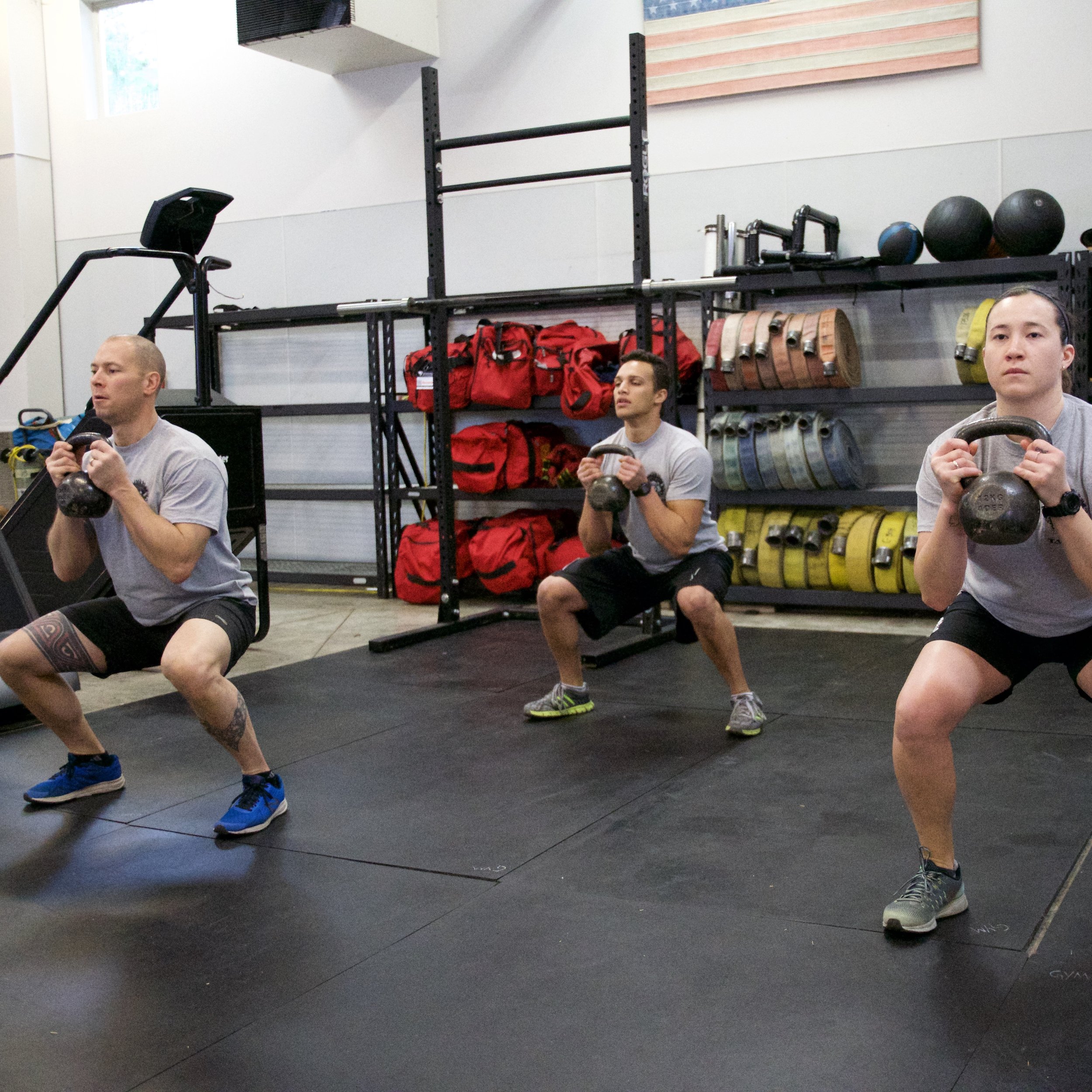Scoring the Workout is Part of the Workout: 5 Intentional Training Metrics to Optimize Your Performance
By Ryan Provencher
Scoring the workout is part of the workout when we make reference to intentional physical training. The data collected during each workout is important in establishing a baseline level of performance and for tracking progress over time.
Intentional Training Metrics
Intentional Training Metrics are subjective measurements of performance that establish a baseline for this specific workout and allow you to monitor progress over time.
1. Movement Rating: Represents evaluation of proper biomechanics and exercise technique for each movement on a scale of 1 to 10.
10 - Excellent, contributes to optimal performance
8 - Good, contributes to adequate performance
6 - Satisfactory, does not contribute to poor performance
4 - Fair, contributes to sub-optimal performance
2 - Poor, directly contributes to poor performance
Adjust the challenge or take a break if Movement Rating falls below 8/10.
Progress is measured in performing at the same level with a higher Movement Rating, or at a higher level with the same Movement Rating, never dipping below 8/10.
2. Intensity Rating: Represents assessment of how hard you are working subjectively on a Rating of Perceived Exertion (RPE) scale of 1 to 10.
9-10- Maximum Effort Activity, feels impossible to maintain
8-9 - Very Hard Activity, difficult to maintain exercise intensity
7-8 - Vigorous Activity, difficult, but sustainable
5-7 - Moderate Activity, challenging but not not difficult
2-4- Light Activity, not difficult
Progress is measured in completing the same work at a lower Intensity Rating or completing more work at the same Intensity Rating.
*Consider cross-referencing with heart rate monitoring as you develop a more intuitive sense of intensity.
3. Discomfort Rating: Represents evaluation of any discomfort on a scale of 1 to 10. If you experience any discomfort that is concerning, make an adjustment in your exercise plan. If the discomfort persists, or if you experience significant pain or discomfort, stop your workout and follow up with your physician.
10 - Worst pain imaginable
8 - Intense pain
6 - Pain is distressing and distracting
4 - Discomfort is moderate and somewhat concerning
2-3 - Aware of discomfort, but not concerning
1 - Minimal, hardly noticeable
4. Focus Rating: Represents your ability to maintain cognitive function on a scale of 1 to 10. Cognitive Function referring to the ability to think clearly, count repetitions, track rounds completed, etc.
10 - Excellent, contributes to optimal performance
8 - Good, contributes to adequate performance
6 - Satisfactory, does not contribute to poor performance
4 - Fair, contributes to sub-optimal performance
2 - Poor, directly contributes to poor performance
Progress is measured in completing the same work at a higher Focus Rating or completing more work at the same Focus Rating.
*Consider Cognitive Function challenges during and/or after your workout such as hydraulic calculations, radio size-ups, etc. if you want to explore this attribute more deeply.
5. Dexterity Rating: Represents your ability to maintain fine motor skills such as managing score sheets, writing scores, maintaining penmanship in your scoring, etc.
10 - Excellent, contributes to optimal performance
8 - Good, contributes to adequate performance
6 - Satisfactory, does not contribute to poor performance
4 - Fair, contributes to sub-optimal performance
2 - Poor, directly contributes to poor performance
Progress is measured in completing the same work at a higher Dexterity Rating or completing more work at the same Dexterity Rating.
*Consider Fine Motor challenges during and/or after your workout such as knot tying, hose coupling, etc. if you want to explore this attribute more deeply.
Tracking these values may feel cumbersome at first, but your ability to intuitively track these metrics will improve with practice. We encourage you to use these same metrics when you are performing firefighting tasks in training and emergency response.
Developing awareness and mindfulness in your movement will help you to reduce the risk for injury while optimizing your performance in the gym and on the job.
Ryan Provencher is an Operations Battalion Chief with over 30 of Fire Service experience. He holds a Bachelor of Science in Kinesiology and Exercise Science with a Minor in Nutrition from Washington State University. He has extensive experience as a Fire Department Peer Fitness Trainer and Health/Fitness Coordinator, he is the founder of Firefighter Peak Performance and serves as Executive Fitness Advisor for CRACKYL Magazine.

